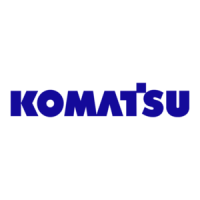
Do you have a question about the Komatsu 4D98 Series and is the answer not in the manual?
Guidelines for ensuring safety in the service shop environment, covering ventilation, space, cleanliness, and lighting.
Recommendations for appropriate work attire and safe tool usage to prevent accidents and damage.
Precautions for handling electrical parts, battery charging, and proper waste treatment procedures.
Safety measures for handling the product, including fuel supply, hot parts, and rotating components.
Details on engine naming conventions, specifications for various models (4TNE94, 4TNE98, 4TNE106).
Guidelines on the types and handling of fuel, lubricating oil, and cooling water for engine operation.
Illustrations and descriptions of the engine's external components and internal structural features.
Guidance on how to read the manual, definitions, abbreviations, and general precautions for service work.
Specifications for tightening torques of standard bolts and nuts used in engine assembly.
A table summarizing common trouble symptoms, their causes, and corrective actions for engine performance.
Methods and standards for measuring compression pressure to diagnose engine issues.
Procedures for inspecting engine oil levels, cooling water levels, and checking for water leaks.
Instructions for inspecting and adjusting fan belt tension and engine valve clearance.
Procedures for inspecting fuel injection valve pressure and spray pattern, and fuel injection timing.
Guidance on adjusting no-load revolutions and inspecting various engine sensors.
Procedures for inspecting the battery, performing adjustments, long-term storage, and maintenance schedules.
Preparation for engine service and detailed procedures for cylinder head inspection and repair.
Procedures for disassembling, inspecting, and servicing the gear train and camshaft components.
Detailed instructions for disassembling, inspecting, and servicing the cylinder block and its parts.
Overview of the lubrication system diagram and identification of trochoid pump components.
Procedures for disassembling the lubrication system and specific servicing points for key parts.
Diagram of the cooling water system and identification of cooling water pump components.
Procedures for cooling system disassembly and servicing points for pump and thermostat.
Introduction, fuel system diagram, components, disassembly, and servicing for the fuel injection pump.
Procedures for servicing the fuel injection valve and the fuel feed pump.
Components, disassembly, and servicing for the governor, plus special tools required.
Overview of turbocharger structure, functions, service standards, and tightening torques.
Guidelines for periodic inspection intervals, procedures, waste gate adjustment, and disassembly.
Procedures for washing, reassembling the turbocharger, handling after service, and troubleshooting common issues.
Specifications and component details for starting motors for 4TNE94/98 and 4TNE106(T) engines.
Troubleshooting guide and step-by-step disassembly instructions for starting motors.
Procedures for inspecting, maintaining, assembling, and adjusting starting motor components.
Specifications and troubleshooting flowcharts for alternators used with 4TNE94/98 and 4TNE106(T) engines.
Detailed procedures for alternator disassembly, component inspection, and reassembly.
Guidelines for performing alternator performance tests and service standards for key characteristics.
List and illustrations of special tools required for engine disassembly and repair.
List and illustrations of essential measuring instruments used for engine inspection and service.
Reference table for engine tuning parameters including gaps, pressures, and temperatures.
Service standards and limits for cylinder head, valve train, gear train, and cylinder block components.
Service standards for crankshaft, piston, rings, connecting rod, tappet, and related components.
Specifications for tightening torques of main engine bolts and nuts, including lubrication application notes.


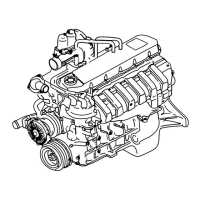
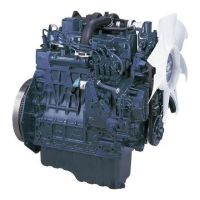



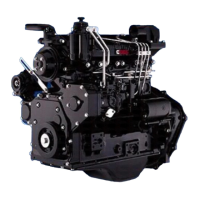
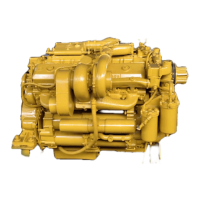



